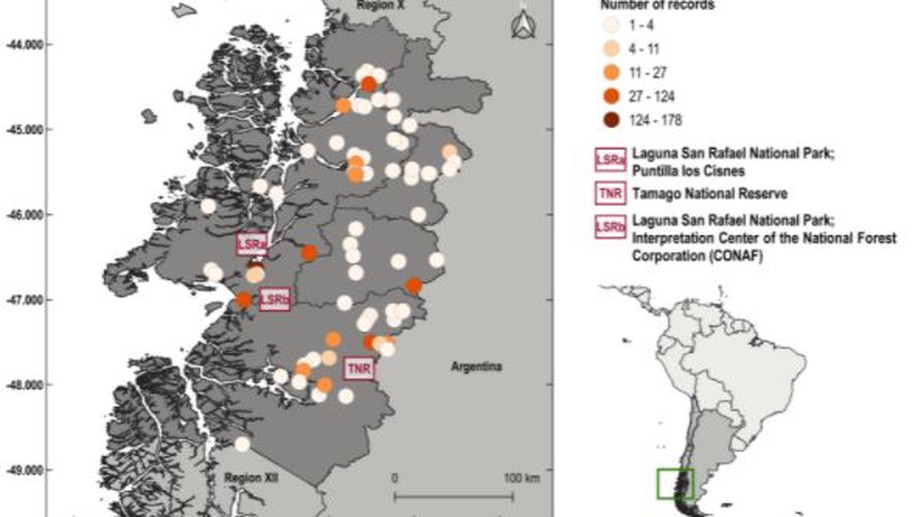
Fungal literature records database of the sub-Antarctic region of Aysén, Chile
To this day, merely 15% of all estimated fungi species are documented, and in certain regions, its biodiversity is practically unknown. Inside the Fungi Kingdom, macrofungi and lichens assume a critical part in the ecosystem
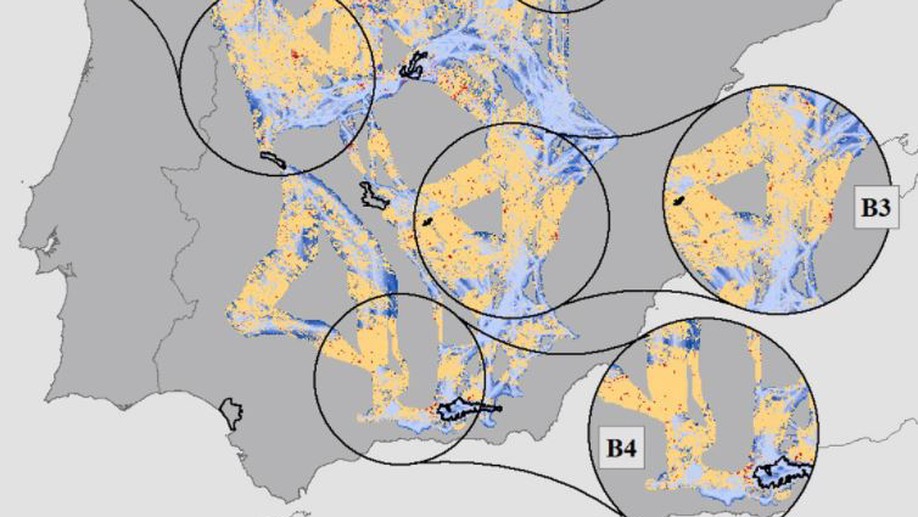
Connecting protected areas in the Iberian peninsula to facilitate climate change tracking
Protected areas (PAs) are intended to preserve natural places, aiming to sustain ecosystem functionality and preserve biodiversity. However, PAs are spatially static, while major threats to biodiversity, such as climate and land-use change, are dynamic.
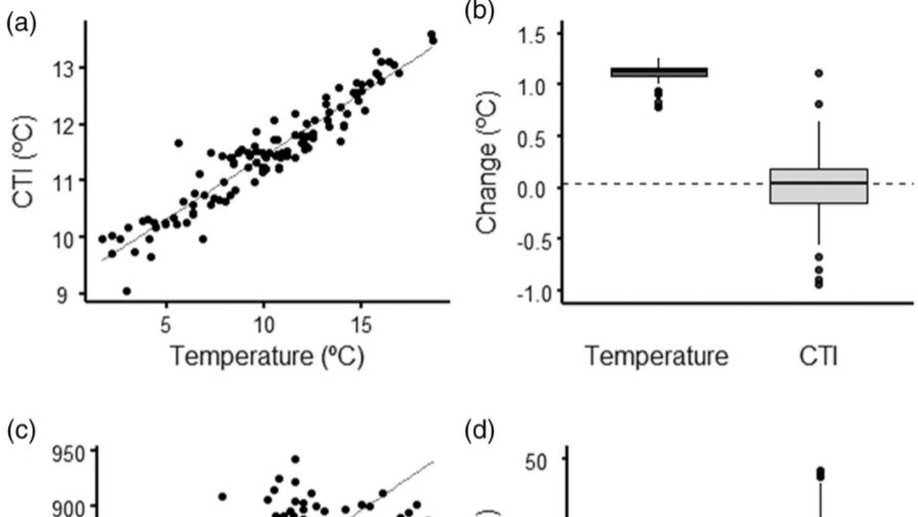
Butterfly communities track climatic variation over space but not time in the Iberian Peninsula
Indices of environmental associations such as the Community Temperature Index (CTI) and Community Precipitation Index (CPI) can be derived from occurrence data to extend the geographic scope or time frame of evidence for responses of insect diversity to global change.
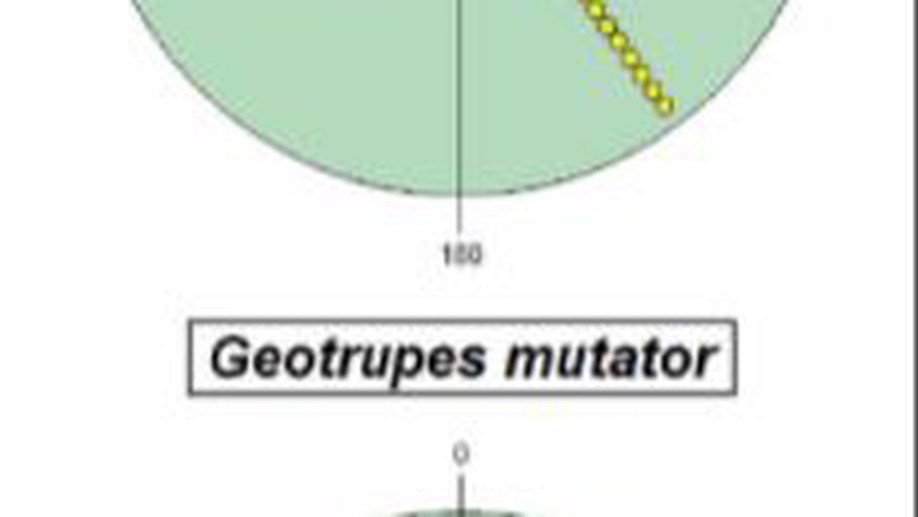
Between locality variations in the seasonal patterns of dung beetles, the role of phenology in mitigating global warming effects
Indices of environmental associations such as the Community Temperature Index (CTI) and Community Precipitation Index (CPI) can be derived from occurrence data to extend the geographic scope or time frame of evidence for responses of insect diversity to global change.
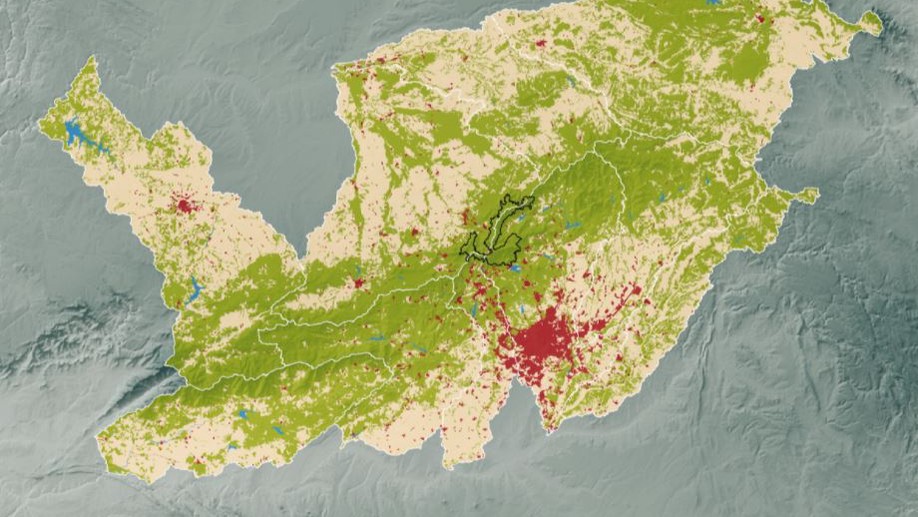
A methodology to assess the future connectivity of protected areas by combining climatic representativeness and land-cover change simulations. thecase of the Guadarrama National Park (Madrid, Spain)
Protected areas are fundamental in conservation, but their intactness is increasingly threatened by the effects of climate and land-cover changes.
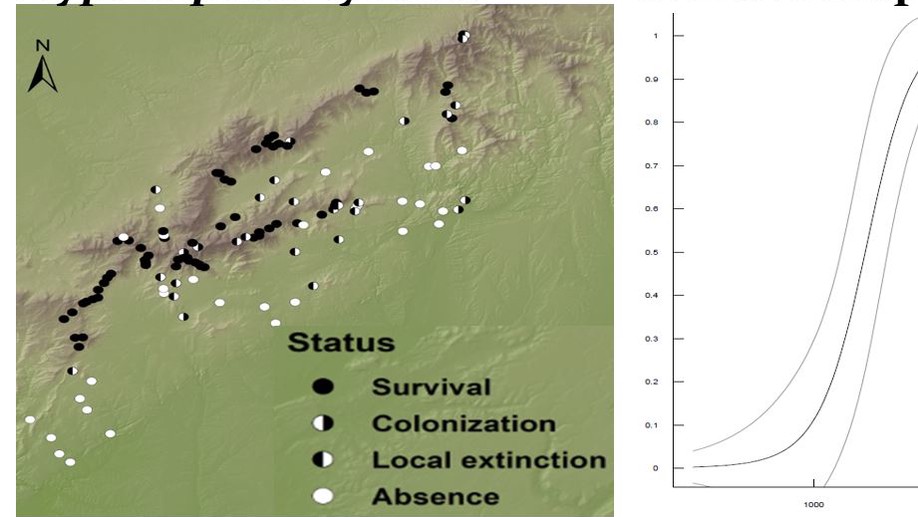
Effects of colonization, extinction and detectability on the elevation ranges of mountain butterflies change
Recent uphill shifts in species ranges have lagged behind those expected from rates of climate warming. The aparent delays in elevation range shifts could stem from. i) barriers to colonization at high-elevation range limits, ii) buffering effects on local ectinction risk at low-elevation, or iii) insufficiently fine-resolution data on species distributions.
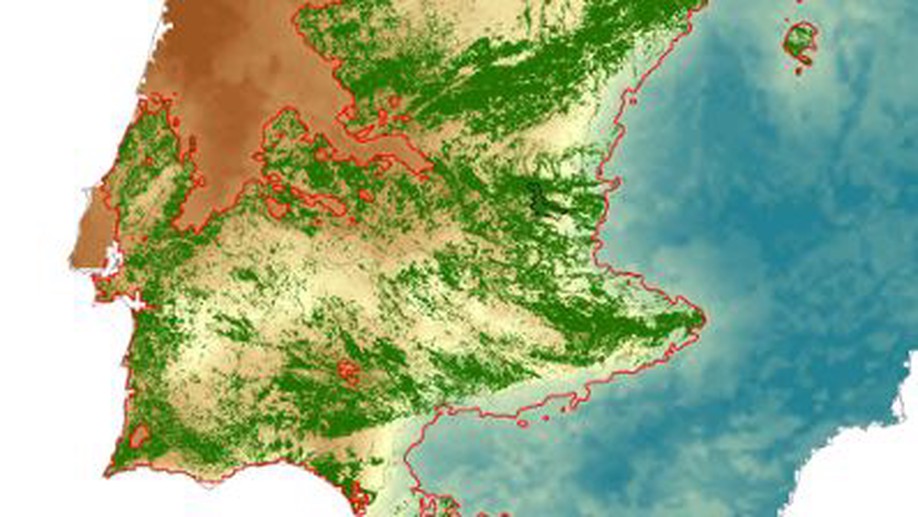
Environmental representativeness and the role of emitter and recipient areas in the future trajectory of a protected area under climate change
We propose a protocol to estimate the effects of climate change on species inhabiting a reserve by assessing the location of areas with similar environmental conditions to a focal protected area, both now and in the future.
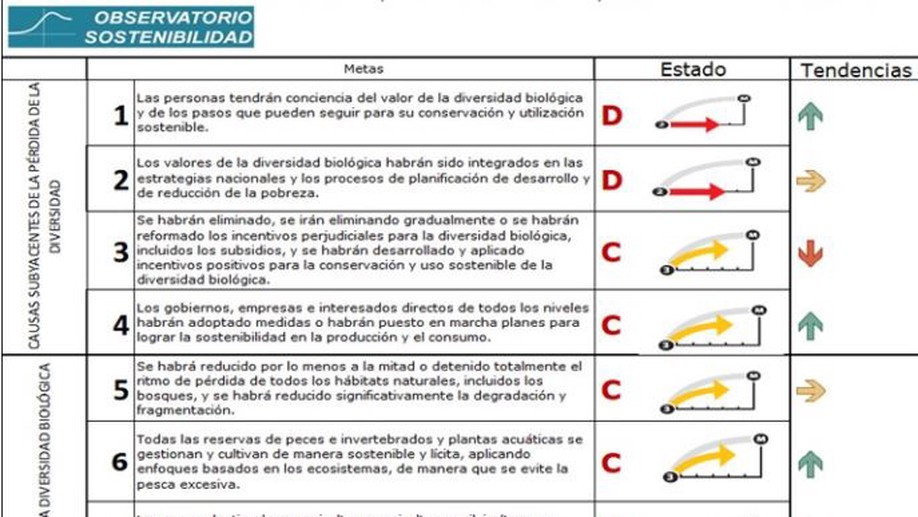
Metas de Aichi de biodiversidad en España
En el entorno de los días mundiales de la Biodiversidad y del Medio Ambiente el Observatorio de Sostenibilidad ha presentado el Informe sobre el cumplimiento de las Metas de Aichi de biodiversidad en España, analizando cómo las diferentes metas han sido abordadas.